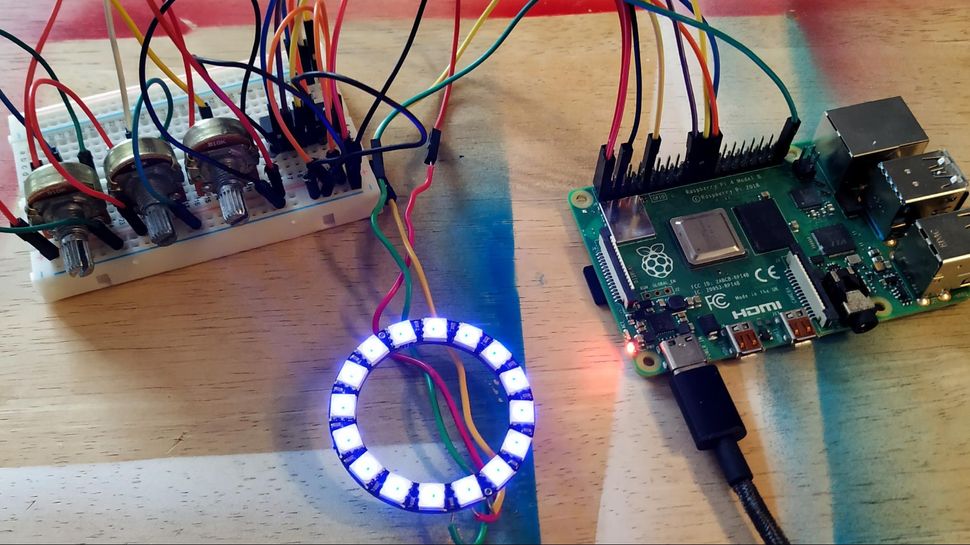


#Raspberry pi lite os how to
What I can’t do here, though, is tell you how to do this as it will be different for each router. Most routers have an option to fix an IP address to a specific device, so whatever happens it will always have the same internal IP. The big problem here is that over time that internal IP address may change. So a device in one household may have the same internal IP address as the same device in another. Then, all devices connected to your router are given one from a range which are reserved for this use. IP addresses are allocated to identify an internet connected device – a unique one is assigned to your router when it connects to your ISP. Depending on which connection you’re using you can grab the IP address. This outputs the information for each network connection ( eth0 for ethernet and wlan0 for Wi-Fi), which includes the IP address. If you want to access your Pi from another computer, we’re going to need to know its IP address.
#Raspberry pi lite os password
If you’re using Wi-Fi (if only initially), you will need to define the SSID and password (1 System Options > S1 Wireless LAN > Enter SSID & Password).Once restarted, log back in and run sudo raspi-config again.If it doesn’t, when back at the command prompt, type sudo reboot and press Enter If you try and exit out out of the Configuration Tool, it should prompt you to reboot.Finally, if using Wi-Fi, set the WLAN Country (5 Localisation Options > L4 WLAN Country) to GB Britain (UK).Set your timezone (5 Localisation Options > L2 Timezone > Europe > London).If you’re outside of the UK, you’ll need to set this to something appropriate for your location. The next three options are related to localisation. Set a hostname (1 System Options > S4 Hostname) – this is name that you want to give your server.Change your default login password (1 System Options > S3 Password).Here are the options that you need to set… For the “Operating System”, select “Raspberry PI OS Lite”.Ensure your Micro SD card is plugged into an appropriate card reader and launch Raspberry Pi Imager.
#Raspberry pi lite os install
On another computer, download and install the Raspberry Pi Imager.The first job is to add the OS onto your memory card: Adding Raspberry Pi OS Lite to your memory card I’m using a SanDisk Extreme 64 GB (which has a class of A2). See for info on the speeds available from different cards. This means that random I/O speeds have to meet a higher standard, which is critically important when running an OS from them. I would recommend finding a branded card that shows a class of A1 or A2. I’ll give you some tips later on how to get the most from your card, but even those tips won’t save you if you’re using a sub-standard card. Another computer with a card reader so that you can add the Raspberry Pi OS Lite onto your memory cardĪs well as the RAM memory, you will need a good quality Micro SD card to run the operating system from.A cable to connect the video output of your Raspberry Pi to your monitor.A monitor, wired keyboard and wired mouse – these can be removed once the set up is complete.A memory card (8GB or higher, see advice below).To set up your Raspberry Pi you’re going to need the following: Get your kit together: hardware requirements In this article I’ll talk you through how to set a Pi up with the Lite version of the OS, give you various tips on improving performance, and reveal how you can access your Pi remotely. The Raspberry Pi OS Lite is just the same, but everything is done via command prompt. As well as impacting performance, it makes it more difficult to operate remotely. However, for other projects, many of which are headless (the Pi runs in the background with no screen output), running this version doesn’t make much sense. If you want to use your Pi like a desktop computer, then the standard Raspberry Pi OS (a version of Linux designed specifically for the Pi) is ideal, as it comes with a graphical interface, similar to what you’ll be used to in Windows, Mac, Ubuntu, etc. However, to perform these tasks, I suggest you install Raspberry Pi OS Lite. You can run your own Minecraft server, store and play media, operate IoT devices or even just manage and filter router traffic. Raspberry Pi computers are incredibly handy for creating home technology projects.


 0 kommentar(er)
0 kommentar(er)
